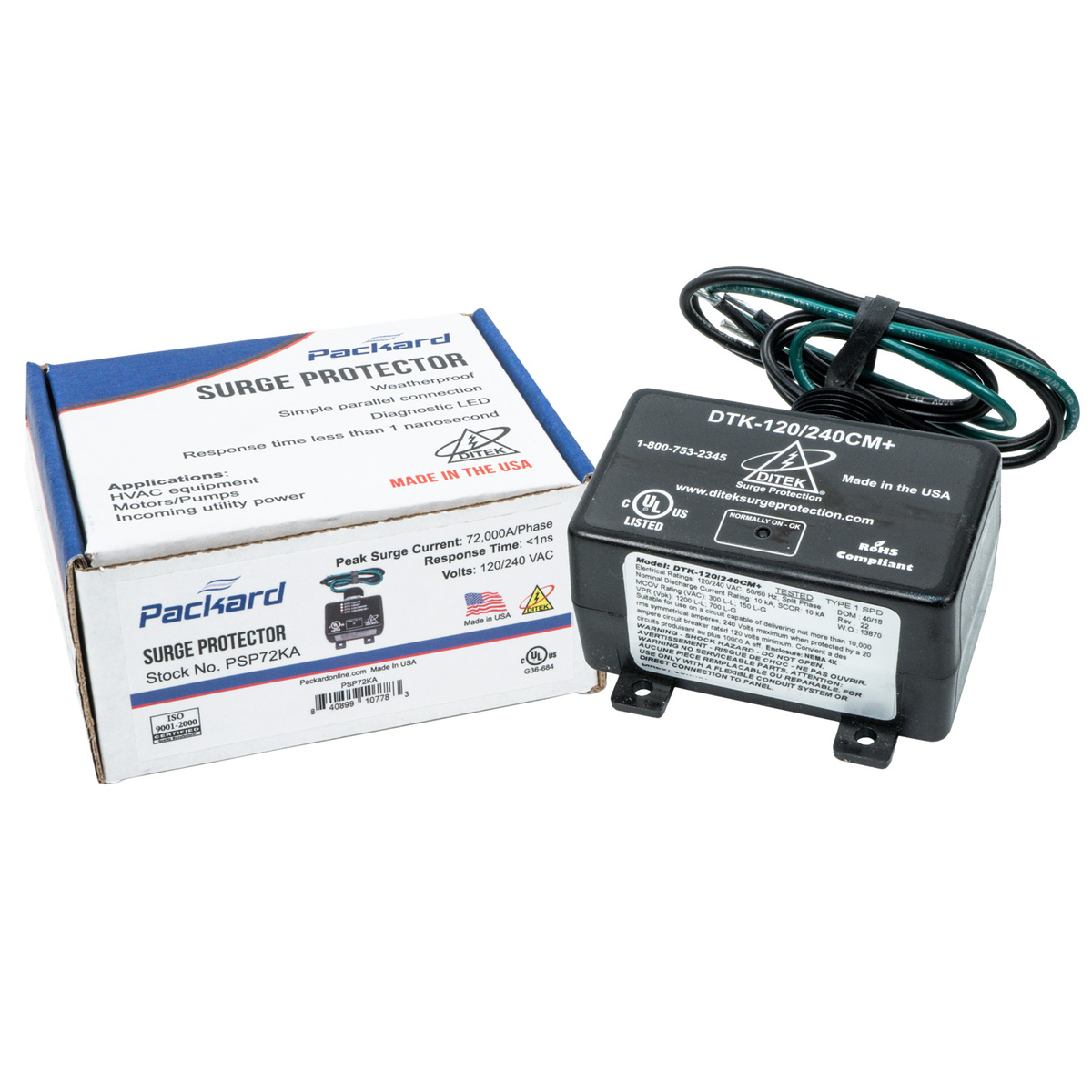

Articles
How Many Amps Does A Surge Protector Use
Modified: January 22, 2024
Discover how many amps a surge protector uses in this informative article. Learn how to choose the right surge protector for your electrical needs.
(Many of the links in this article redirect to a specific reviewed product. Your purchase of these products through affiliate links helps to generate commission for Storables.com, at no extra cost. Learn more)
Introduction
Welcome to our comprehensive guide on surge protectors and their amp usage. Surge protectors play a crucial role in safeguarding our electronic devices from electrical surges and spikes, ensuring their longevity and preventing damage caused by sudden power fluctuations. As consumers, it’s essential to understand the inner workings of surge protectors and how they impact our electrical systems.
In this article, we will delve into the concept of surge protectors, explore how they function, and specifically focus on their amp usage. Understanding the amp usage of surge protectors is vital in determining their compatibility with various devices and ensuring their efficacy in protecting against electrical surges.
So, let’s dive in and gain a clear understanding of how many amps surge protectors use and why it matters.
Key Takeaways:
- Surge protectors have an amp rating that determines their capacity to handle electrical current. Matching the amp rating with device requirements ensures optimal protection and prevents overloading, promoting device longevity and safety.
- Factors such as device power consumption and power strip limitations influence surge protector amp usage. Considering these factors and adhering to manufacturer guidelines ensures efficient power distribution and maximizes surge protector performance.
Read more: How Many Amps Does Alexa Use
Understanding Surge Protectors
Before we delve into the details of amp usage, let’s start by understanding what surge protectors are and why they are essential components in our electrical systems.
A surge protector, also known as a surge suppressor, is a device designed to protect electronic devices from power surges and voltage spikes. These electrical disturbances can occur due to a variety of factors, such as lightning strikes, power outages, or faulty wiring. Without surge protection, these power surges can damage sensitive electronics, resulting in costly repairs or even complete device failure.
Surge protectors work by redirecting excess voltage to the grounding wire or absorbing it through a metal oxide varistor (MOV) component. The MOV effectively clamps down on the excess voltage, preventing it from reaching the connected devices.
It’s important to note that surge protectors are not invincible. While they can provide reliable protection against most power surges, they have their limitations. For instance, surge protectors are unable to protect against direct lightning strikes or major electrical grid issues.
Furthermore, surge protectors come in various types and models, each offering a different level of protection. It’s crucial to choose a surge protector that meets the specific needs of your electronic devices and provides adequate protection against potential electrical disturbances.
Now that we have a basic understanding of what surge protectors are, let’s explore how they work and the role that amp usage plays in their functionality.
How Surge Protectors Work
To understand the amp usage of surge protectors, it’s essential to have a clear understanding of how these devices function. Surge protectors employ a variety of mechanisms to provide protection against power surges and voltage spikes.
One of the key components of a surge protector is the Metal Oxide Varistor (MOV). The MOV is a semiconductor device that acts as a voltage-dependent resistor. When the voltage level exceeds a certain threshold, the MOV conducts electricity, redirecting the excess voltage away from the connected devices.
In addition to the MOV, surge protectors also feature protection circuits, such as thermal fuses and circuit breakers. These components monitor the power flow, detect abnormal voltages, and shut off the power supply if necessary to prevent damage to the connected devices.
Surge protectors are available in various types, including power strips, wall-mounted units, and whole-house surge protectors. Power strips are the most common and affordable type used in households. They typically have multiple outlets and also provide surge protection.
It’s important to note that not all power strips provide true surge protection. Some may only offer extension capabilities without any protective mechanisms. Therefore, when purchasing a surge protector, it’s crucial to look for features like a UL (Underwriters Laboratories) certification, which ensures compliance with safety standards.
Now that we have a basic understanding of how surge protectors function, let’s explore the relationship between amp usage and surge protectors in more detail.
Amps and Surge Protectors
When it comes to surge protectors, understanding the concept of amps is crucial. Amps, short for amperes, are a unit of measurement used to quantify electrical current. They indicate the rate of flow of electric charge through a conductor, such as a wire. In the context of surge protectors, amps play a significant role in determining the maximum load and capacity that the device can handle.
Surge protectors are rated in terms of their ampacity or amp rating. The amp rating refers to the maximum amount of electrical current that a surge protector can safely handle. The higher the amp rating, the more devices can be safely plugged into the surge protector without overloading it.
When selecting a surge protector, it’s crucial to consider the amp rating to ensure compatibility with the devices you plan to connect. Each electronic device has its own power consumption requirements, typically listed in amps or watts. By matching the amp rating of the surge protector with the combined amp or wattage requirements of the devices, you can ensure optimal performance and protection.
For example, if you have several devices with a total amp rating of 10 amps, it would be ideal to choose a surge protector with an amp rating higher than 10 amps to handle the load without any issues. Overloading a surge protector can lead to its failure or even pose a fire hazard, so caution must be taken to choose the right amp rating.
It’s important to note that not all surge protectors have the same amp rating. They can vary in capacity depending on the model, type, and brand. Therefore, it’s essential to carefully read the specifications of the surge protector before making a purchasing decision.
Now that we understand the significance of amp ratings in surge protectors, let’s explore how to determine the amp usage of surge protectors in practice.
When choosing a surge protector, look for the “clamping voltage” rating, which indicates the maximum voltage that the surge protector will allow through to your devices. Lower clamping voltage is better for protecting sensitive electronics.
Determining Amp Usage of Surge Protectors
To determine the amp usage of a surge protector, you need to consider both the input amp rating and the amp demands of the devices you plan to connect to the surge protector.
The input amp rating of a surge protector refers to the maximum amount of current that the surge protector can handle from the electrical outlet. This information is usually specified by the manufacturer and can be found in the surge protector’s specifications or labeling.
To calculate the amp usage, start by identifying the amp requirements of each device you intend to plug into the surge protector. This information can typically be found on the device itself or in the user manual.
Add up the amp requirements of all the devices you plan to connect to the surge protector. Ensure that the total amp requirement of the devices does not exceed the input amp rating of the surge protector. If the total amp requirement exceeds the amp rating of the surge protector, it is advisable to use an additional surge protector with a higher amp rating or distribute the devices across multiple surge protectors.
For example, if you have a surge protector with an input amp rating of 15 amps and you are connecting a computer with an amp requirement of 5 amps, a television with an amp requirement of 3 amps, and a gaming console with an amp requirement of 4 amps, the total amp requirement would be 12 amps. In this case, the surge protector can safely handle the load without any issues.
It’s crucial to note that while the amp usage of a surge protector is important, it is equally essential to ensure that the total wattage of the connected devices does not exceed the surge protector’s power handling capability. The wattage is calculated by multiplying the voltage (usually 120 volts in residential settings) by the amps. This ensures that the surge protector can handle both the amp and watt demands of the devices.
By carefully considering the amp usage and power requirements of the connected devices, you can ensure that the surge protector functions effectively and provides reliable protection against power surges.
Read more: How Many Amps Does An HVAC Use
Factors Affecting Amp Usage
Several factors can influence the amp usage of surge protectors. Understanding these factors can help you make informed decisions when choosing and using surge protectors.
1. Device Power Consumption: The power consumption of the devices you connect to a surge protector directly impacts its amp usage. Devices with higher power requirements draw more amps, increasing the overall amp usage of the surge protector. It’s important to consider the individual amp requirements of each device to ensure they are within the amp rating of the surge protector.
2. Number of Devices: The number of devices you connect to a surge protector also affects its amp usage. Each device adds to the total amp draw, so connecting multiple high-power devices can exceed the amp rating of the surge protector, leading to potential overloading or decreased protection. Distributing devices across multiple surge protectors can help distribute the amp load more evenly.
3. Power Strip Limitations: If you are using a power strip with surge protection, it’s essential to be aware of its limitations. Power strips have a maximum amp rating that determines the total amount of power they can safely handle. Exceeding this limit can result in overheating, damage to the power strip, and reduced surge protection effectiveness.
4. Power Quality in Your Area: The quality and reliability of the power supply in your area can also impact the amp usage of surge protectors. Areas with frequent power fluctuations or electrical issues may require surge protectors with higher amp ratings to handle the irregular power flow effectively.
5. Faulty Wiring or Electrical Issues: If your electrical wiring has faults or there are issues with your home’s electrical system, it can affect the overall amp usage of surge protectors. It’s essential to ensure that your electrical system is properly maintained and inspected by a qualified electrician to mitigate any potential electrical issues that could impact the performance of surge protectors.
By considering these factors and making informed decisions, you can ensure that the amp usage of surge protectors is optimized for the connected devices, maximizing protection against power surges while minimizing the risk of overloading the surge protector.
Importance of Considering Amp Usage
Considering the amp usage of surge protectors is paramount for several reasons. Let’s explore the importance of taking amp usage into account when selecting and using surge protectors.
1. Protection and Safety: The primary function of a surge protector is to protect electronic devices from power surges. By ensuring that the amp rating of the surge protector matches or exceeds the total amp requirements of the connected devices, you can ensure optimal protection. Overloading a surge protector can lead to reduced surge protection effectiveness, device damage, or even pose a safety hazard.
2. Device Longevity: Electronic devices can be sensitive to power fluctuations. Connecting them to a surge protector with the appropriate amp rating helps regulate the flow of electrical current, reducing the risk of damage caused by excessive or unstable power. By using surge protectors with the correct amp rating, you can prolong the lifespan of your devices and avoid costly repairs or replacements.
3. Efficient Power Distribution: Incorrect amp usage can lead to a power imbalance, potentially causing electrical issues and overloading circuits. By accurately matching the amp requirements of your devices with the amp rating of the surge protector, you distribute the power load more evenly, reducing the strain on your electrical system and promoting efficient power distribution.
4. Avoiding Fire Hazards: Overloaded surge protectors can overheat and potentially start a fire. By considering the amp usage, you can prevent overloading the surge protector and minimize the risk of heat buildup. This ensures the safe operation of the surge protector and reduces the chances of fire hazards within your home or office.
5. Maximizing Surge Protector Performance: Surge protectors function optimally when the amp usage is within their specified limits. By selecting a surge protector with an appropriate amp rating and using it correctly, you maximize its capability to absorb and redirect voltage spikes and power surges, providing you with reliable protection for your connected devices.
6. Compliance with Manufacturer Guidelines: Lastly, considering amp usage is crucial for adhering to the manufacturer’s guidelines and recommendations. Manufacturers provide amp ratings for surge protectors as a safety measure to protect both the devices and the users. By following these guidelines, you ensure that your surge protector functions as intended and provides the level of protection it promises.
By taking amp usage into consideration, you can ensure optimal protection, device longevity, efficient power distribution, and fire safety. It’s important to research and choose surge protectors that match your specific needs and to regularly reassess the amp usage as your device configuration changes over time.
Conclusion
Understanding the amp usage of surge protectors is crucial for ensuring the effective protection of your electronic devices, promoting electrical safety, and maximizing the longevity of your equipment. Surge protectors play a vital role in safeguarding your devices from power surges and voltage spikes, but it’s important to choose the right surge protector and consider its amp rating.
In this article, we explored the fundamentals of surge protectors, their functionality, and the relationship between amps and surge protectors. We discussed the importance of considering amp usage when selecting surge protectors, determining the amp usage of surge protectors, and the factors influencing amp usage.
By matching the amp rating of your surge protector with the amp requirements of your devices, you can ensure optimal protection and prevent overloading. Distributing devices across multiple surge protectors and being aware of power quality and electrical issues in your area further enhances the effectiveness of surge protection.
Considering amp usage not only promotes device longevity but also enhances electrical safety and efficient power distribution. It minimizes the risk of overheating, potential fire hazards, and electrical system strain. By adhering to manufacturer guidelines and specifications, you can ensure that your surge protectors perform optimally and provide reliable protection for your valuable electronic devices.
As you continue to use surge protectors, remember to regularly reassess your amp usage as your device configuration changes. Stay informed about the latest surge protector technologies and industry standards to make well-informed decisions when it comes to protecting your devices from power surges and voltage spikes.
By understanding and considering amp usage, you can confidently choose and utilize surge protectors that will keep your electronic devices safe, secure, and operating at their best.
Frequently Asked Questions about How Many Amps Does A Surge Protector Use
Was this page helpful?
At Storables.com, we guarantee accurate and reliable information. Our content, validated by Expert Board Contributors, is crafted following stringent Editorial Policies. We're committed to providing you with well-researched, expert-backed insights for all your informational needs.


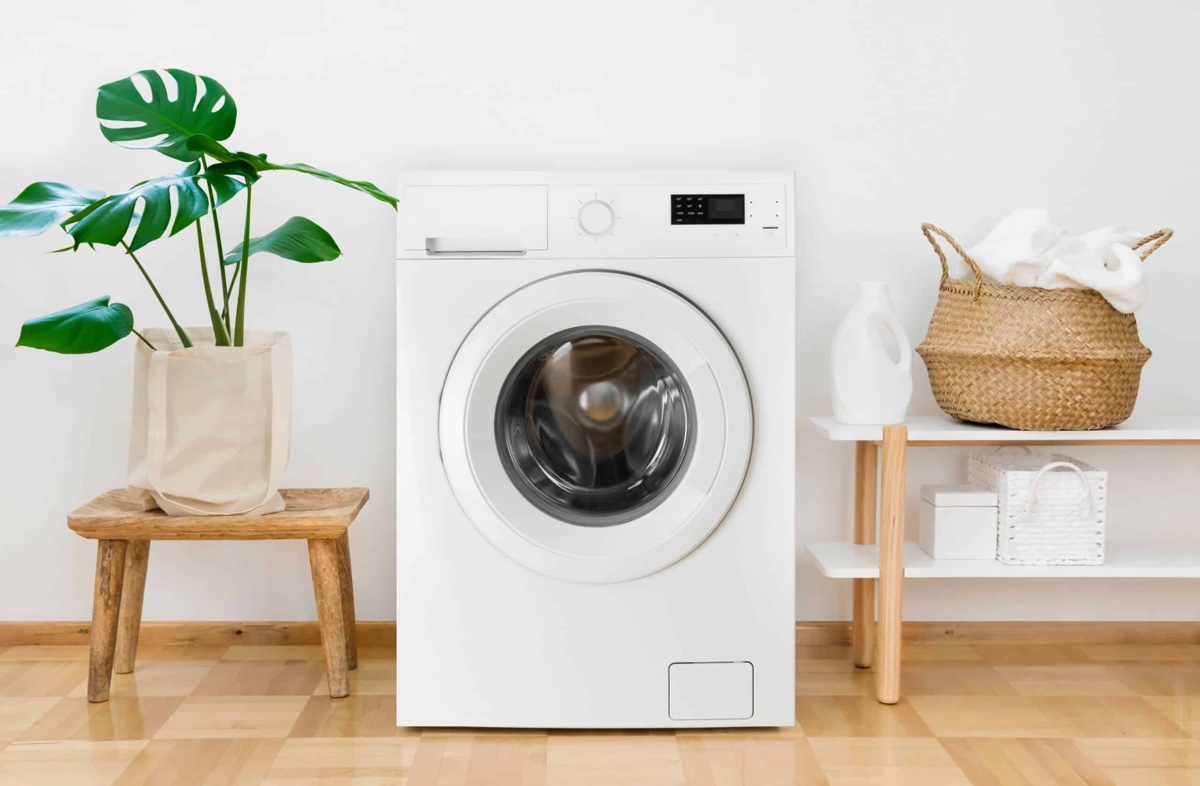
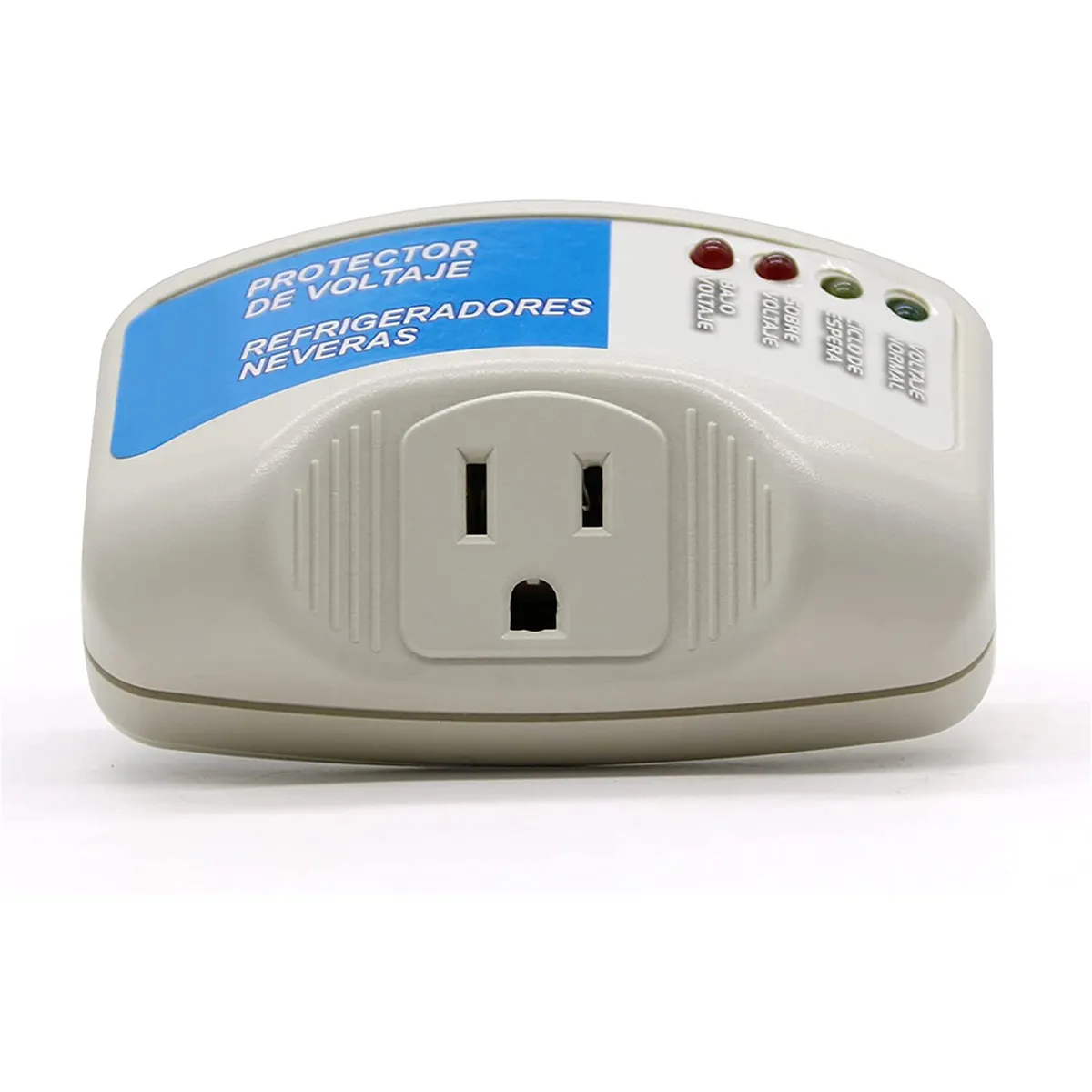
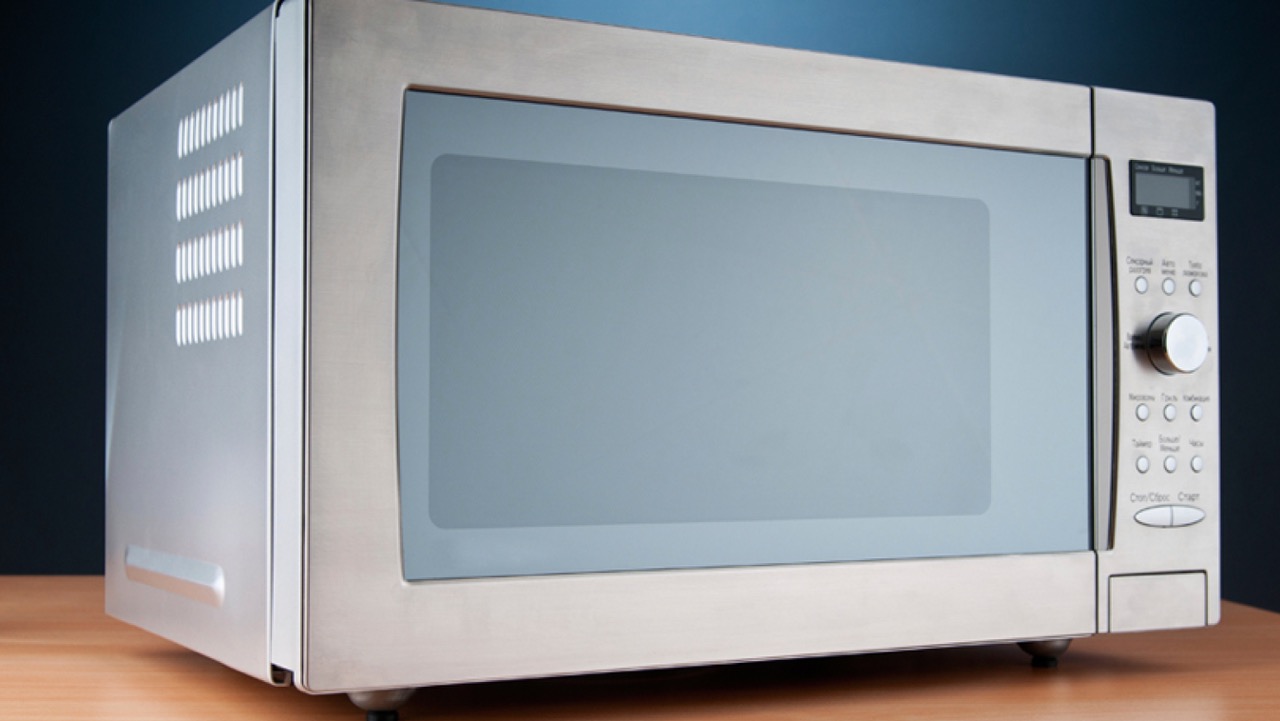
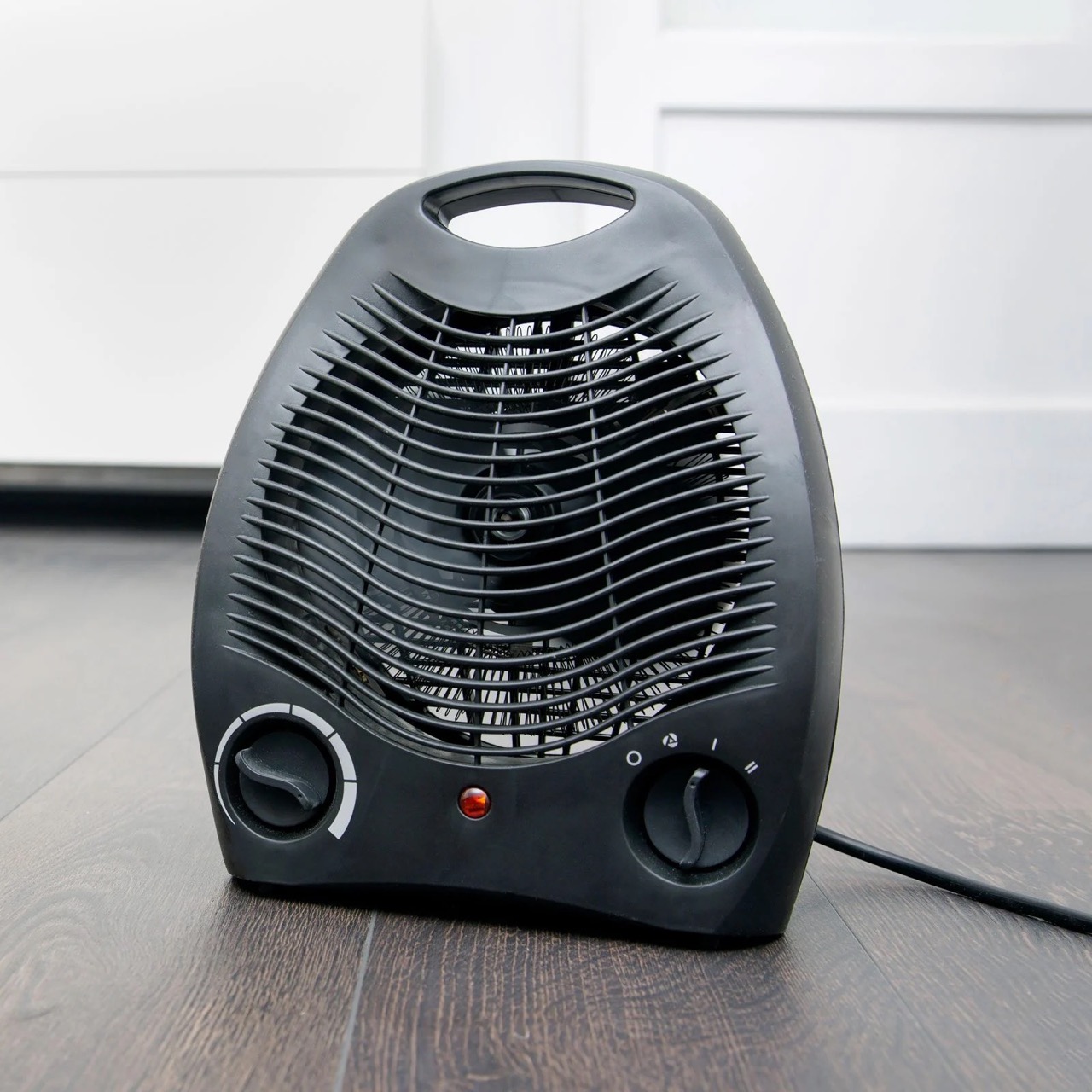
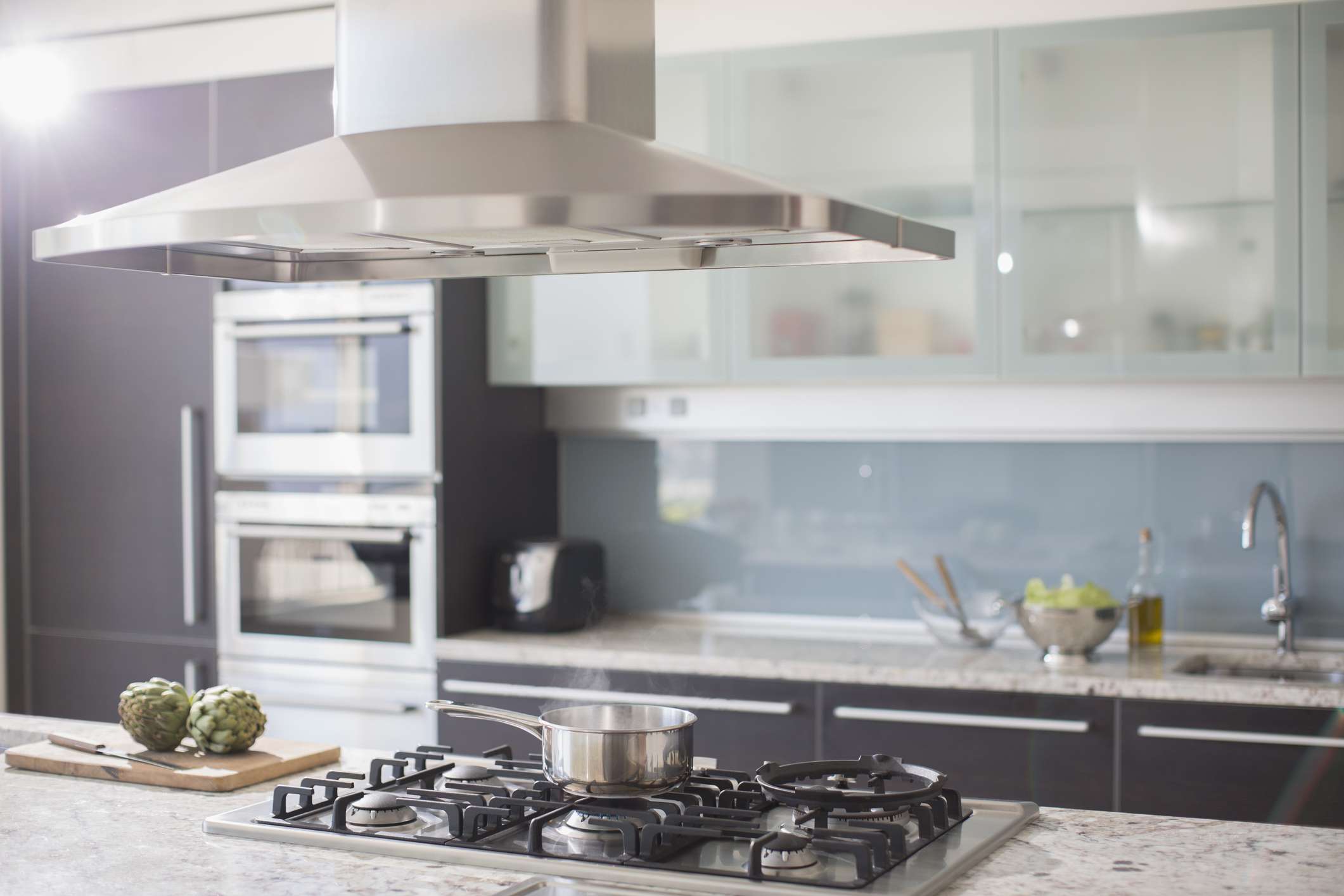

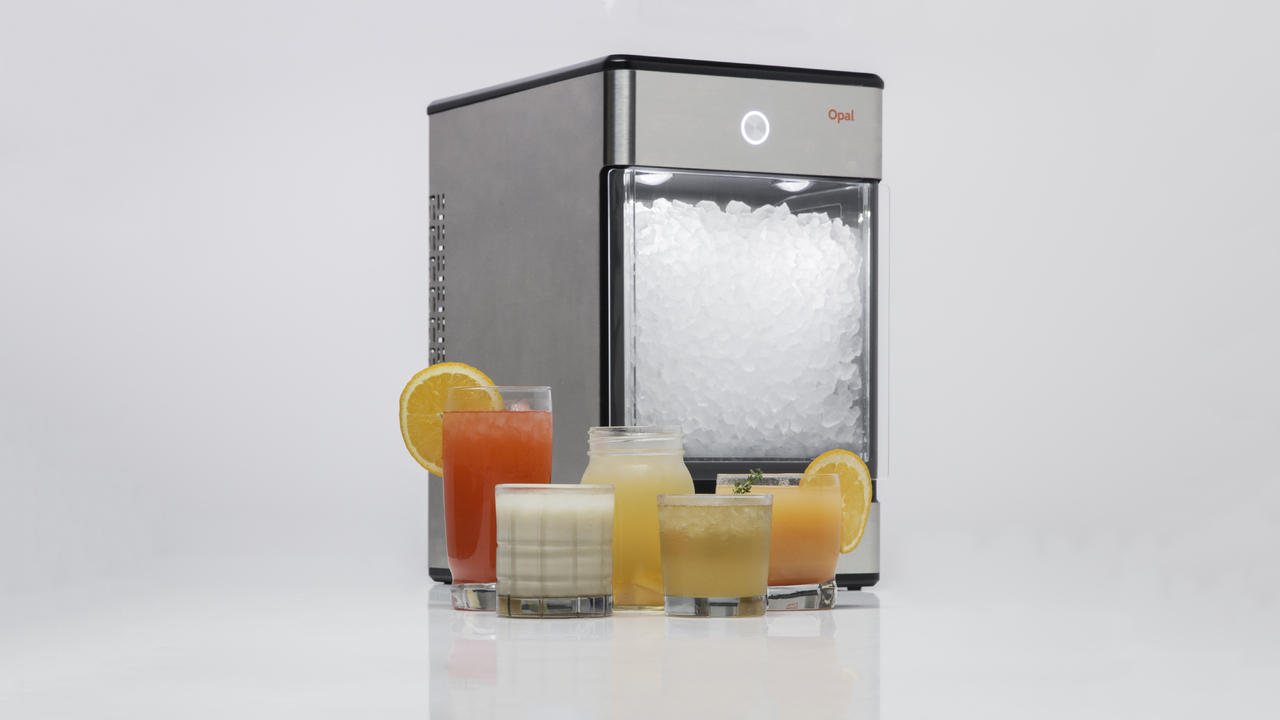
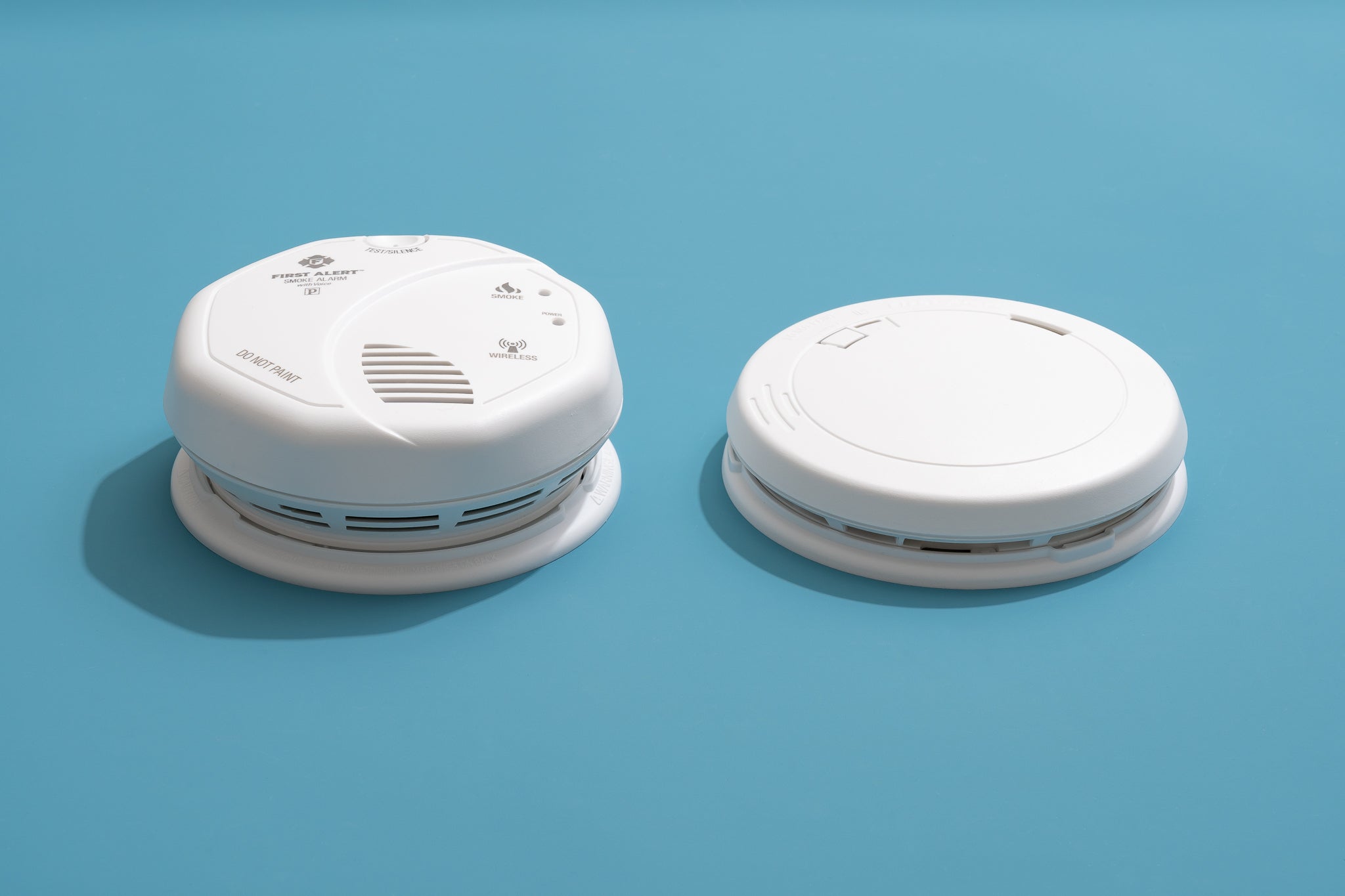
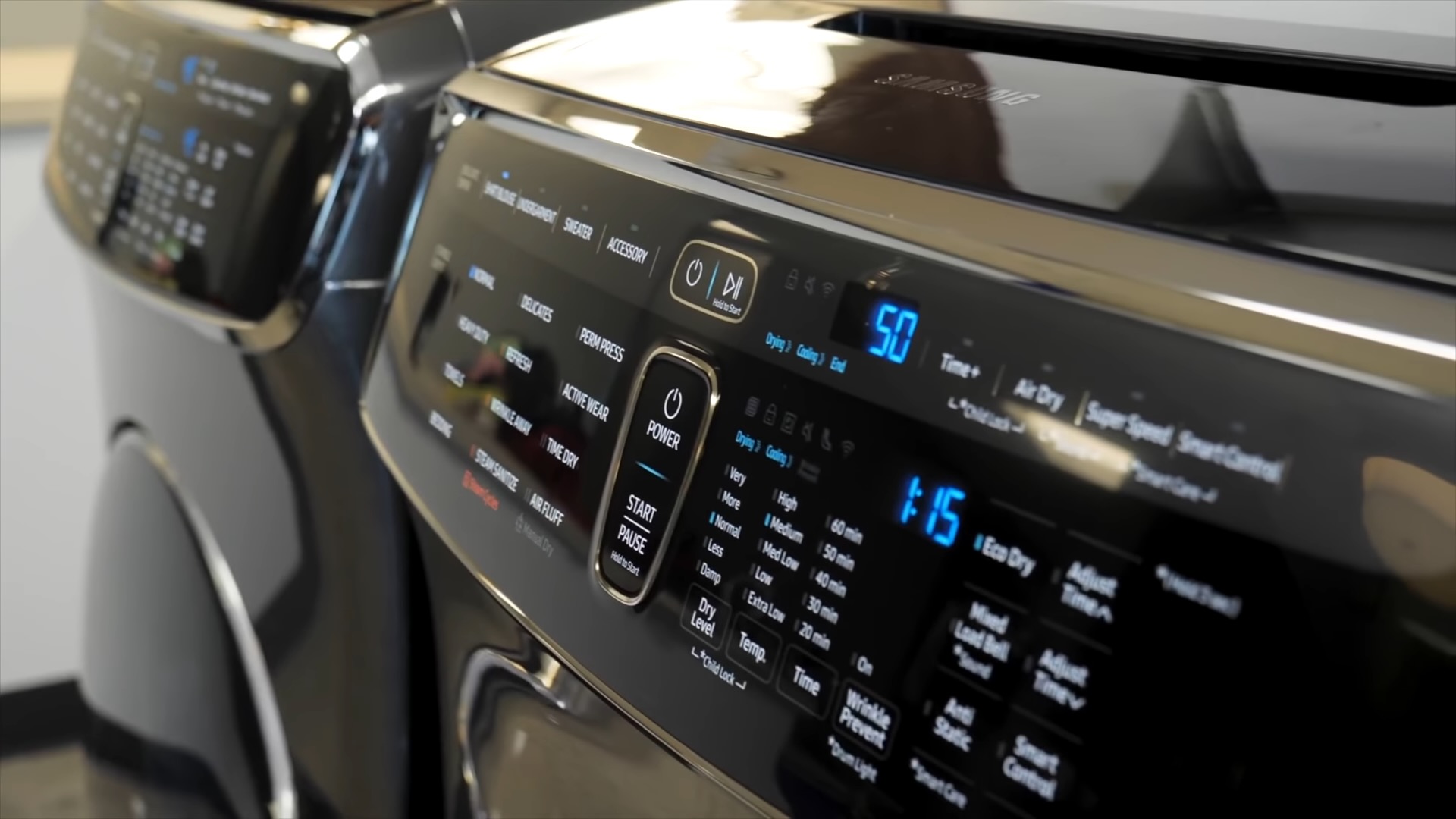
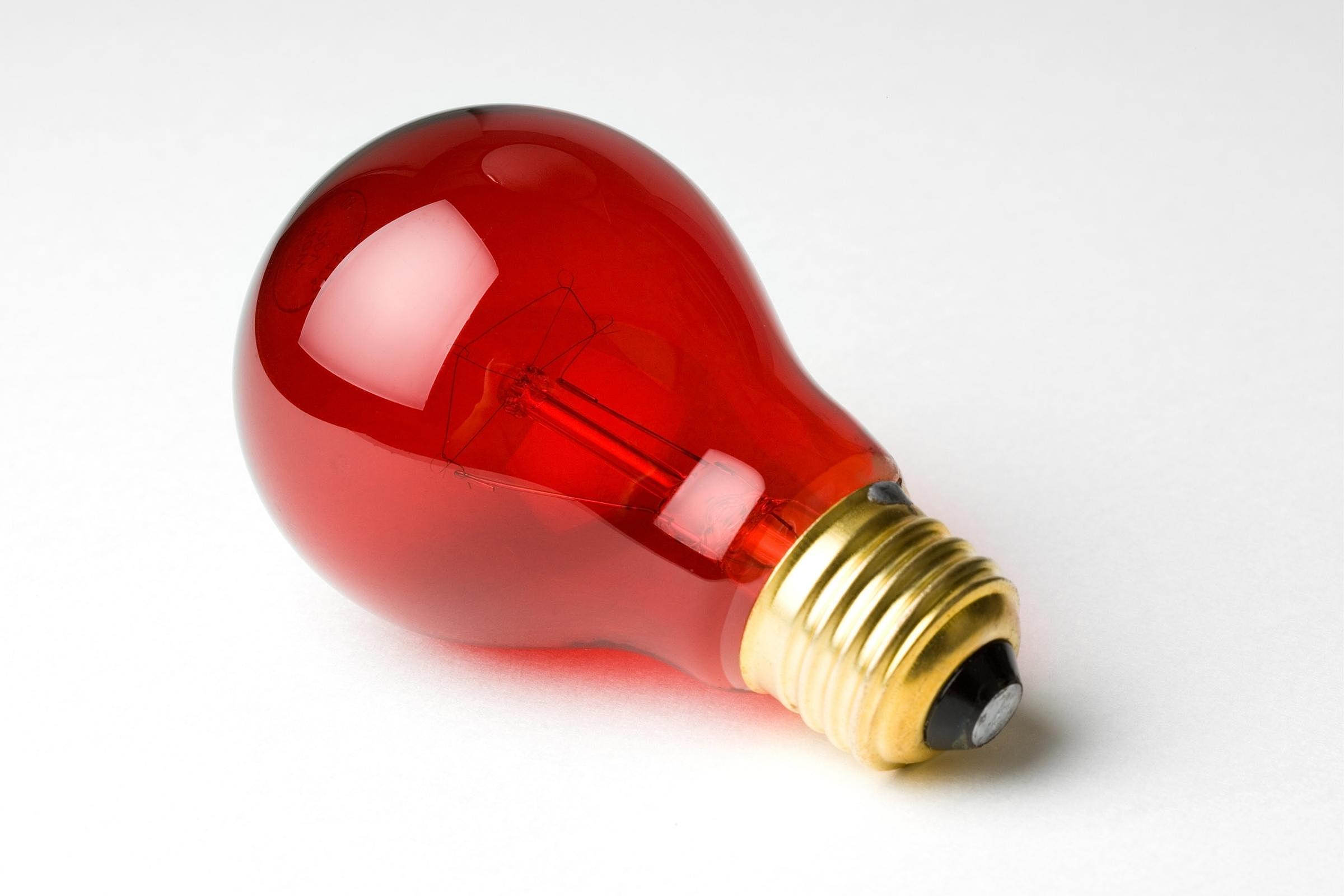
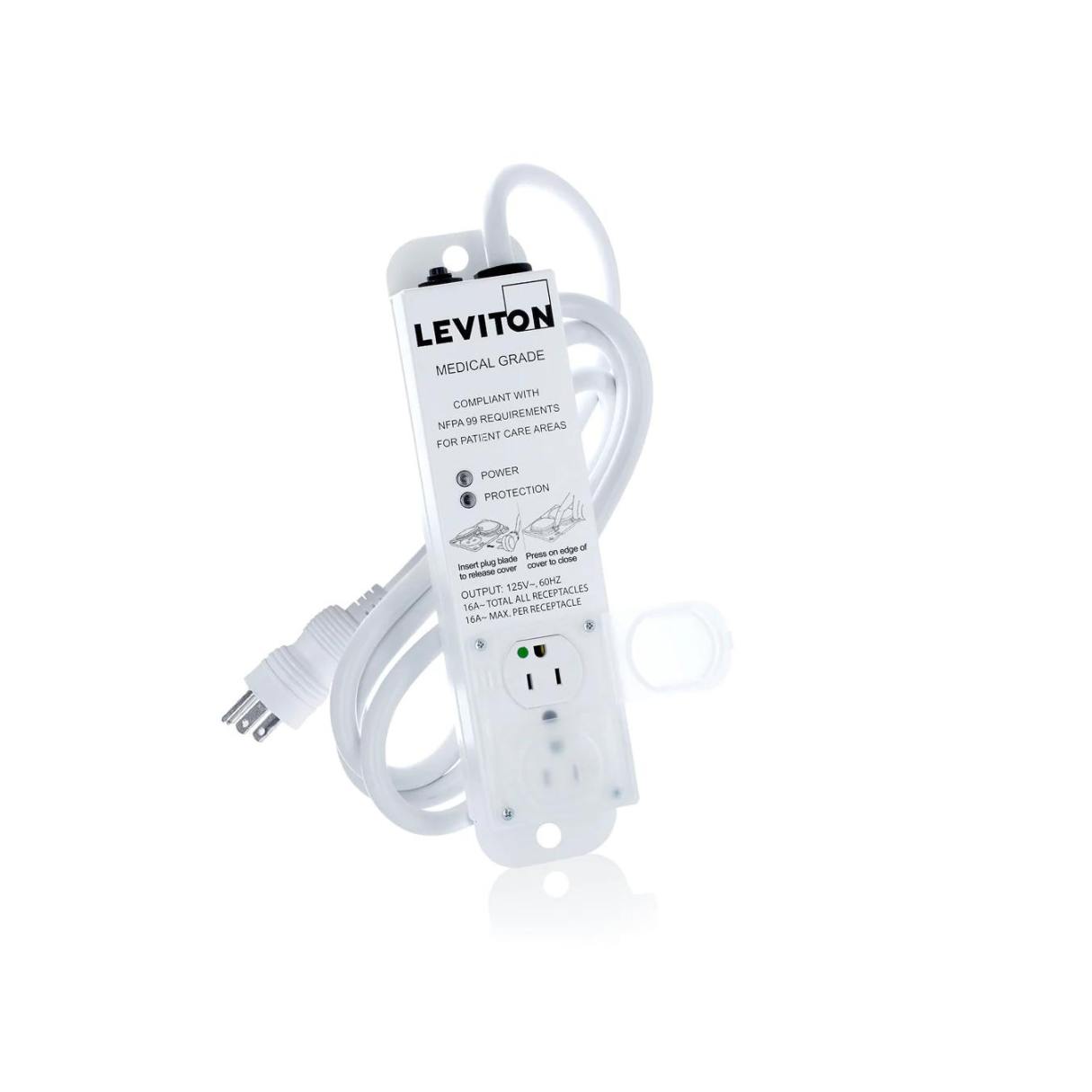
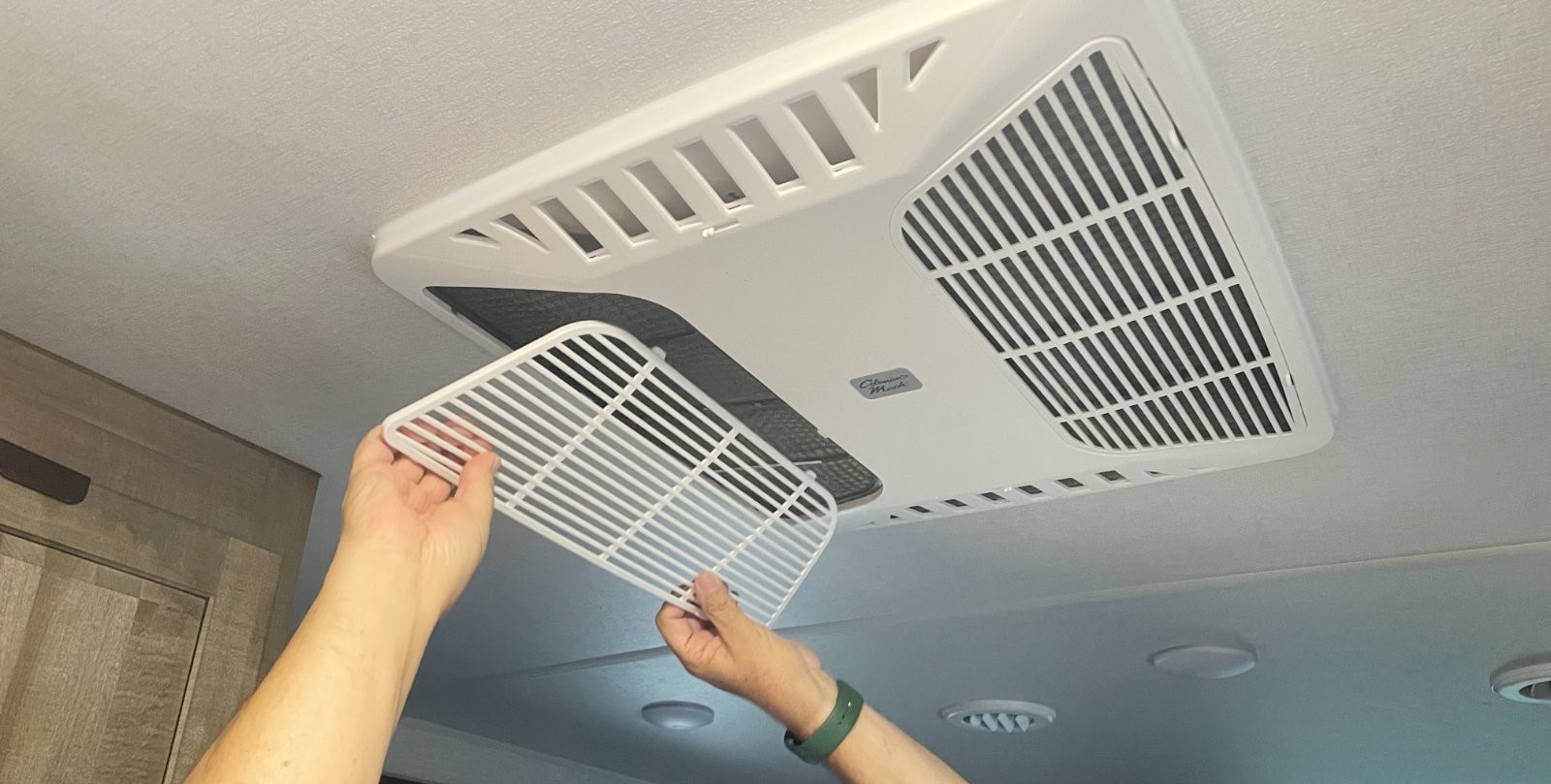

0 thoughts on “How Many Amps Does A Surge Protector Use”